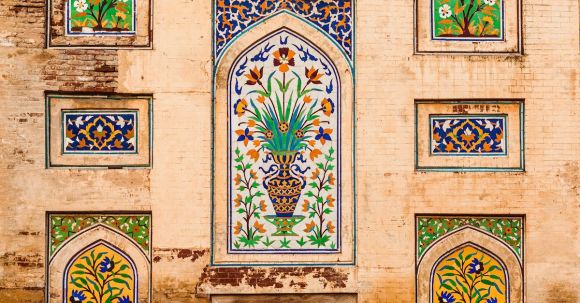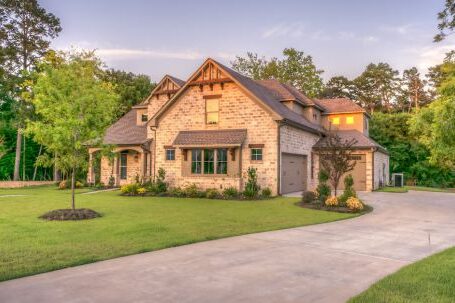Architecture is more than just buildings. It is an art form that shapes the world we live in. And what better way to capture the beauty and intricacies of architecture than through photography? Architectural photography allows us to see structures in a whole new light, showcasing their design, details, and the emotions they evoke. In this article, we will delve into the fascinating world of architectural photography, exploring its techniques, challenges, and the photographers who excel in this field.
The Art of Composition: Capturing the Essence of Architecture
One of the key aspects of architectural photography is composition. It is the art of arranging elements within a frame to create a visually pleasing and impactful image. When photographing architecture, photographers carefully consider the lines, shapes, and textures of the building. They use these elements to lead the viewer’s eye and create a sense of balance and harmony.
Lighting: The Secret Ingredient
Lighting plays a crucial role in architectural photography. It can transform a building, highlighting its features and creating dramatic effects. The interplay between light and shadow can bring out the depth and dimension of the structure. Photographers often wait for the perfect light, whether it’s the soft glow of sunrise or the golden hour before sunset, to capture the building in its best possible light.
Technical Challenges: Overcoming Perspective Distortion
Architectural photography presents unique technical challenges. One of the most common hurdles is perspective distortion. When photographing tall buildings, the lines can appear to converge, distorting the image. To overcome this, photographers use techniques like tilt-shift lenses or post-processing corrections to maintain the integrity of the structure.
The Human Element: Adding Life to Architecture
While architecture itself can be captivating, adding a human element to architectural photography can bring it to life. Including people in the frame can provide a sense of scale, perspective, and liveliness. It allows viewers to envision themselves in the space and creates a connection between the architecture and the people who inhabit it.
The Masters of Architectural Photography
There are several renowned photographers who have mastered the art of architectural photography. One such photographer is Julius Shulman, known for his iconic images of mid-century modern architecture in Southern California. His photographs not only documented the buildings but also captured the spirit of the era.
Another notable photographer is Richard Meier, an architect himself, who brings a unique perspective to his photographs. His images showcase the interplay of light and structure, highlighting the beauty of his own architectural designs.
Conclusion: A Captivating Blend of Art and Technique
Architectural photography is a captivating blend of art and technique. It allows us to appreciate the beauty and intricacies of architecture in a whole new way. Through composition, lighting, and the inclusion of a human element, photographers bring buildings to life, telling stories and evoking emotions. So the next time you come across a stunning piece of architecture, take a moment to appreciate the artistry behind it and the possibilities that architectural photography can reveal.





